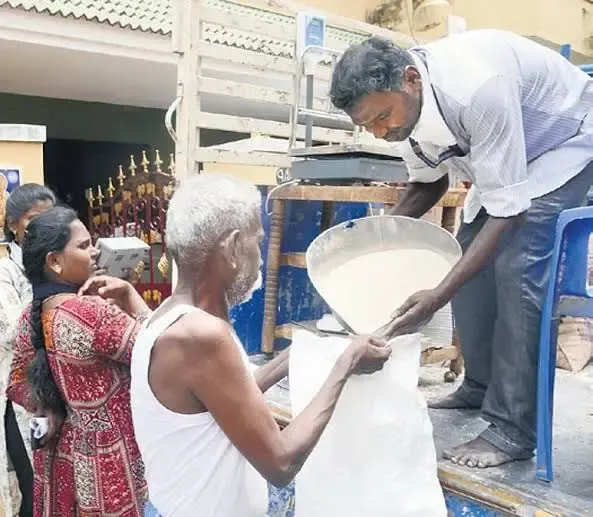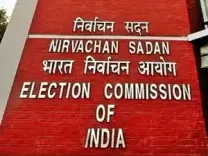Has TN's doorstep PDS delivery reached 45% for elderly and disabled beneficiaries?

Synopsis
Key Takeaways
- Home delivery of PDS commodities is aimed at vulnerable populations.
- Current coverage is at 45%, raising concerns.
- Adjustments in delivery schedules are planned for better outreach.
- Logistical challenges persist for field staff.
- Beneficiaries express relief at reduced travel to ration shops.
Chennai, Oct 1 (NationPress) The home delivery of essential Public Distribution System (PDS) goods for senior citizens aged 70 and above, along with individuals with disabilities (PwDs), was initiated in August under the Thayumanavar Scheme. However, the coverage has not significantly exceeded prior levels, raising concerns regarding the effectiveness of its initial implementation.
Despite the government's goal to enhance food security for these vulnerable populations, official figures indicate that only 40 percent to 45 percent of the intended recipients actually received their commodities through this door delivery method during August and September.
The remaining beneficiaries either continued purchasing from ration shops, were unavailable at home, had relocated, or were reported deceased. Overall access for this group remains stagnant at approximately 70 percent, consistent with the rates observed prior to the scheme's launch.
This initiative was designed to assist an estimated 16.73 lakh ration cards that aid 21.7 lakh individuals. Officials had initially anticipated that direct delivery would increase coverage beyond 70 percent, but August witnessed a decrease to 65 percent, only recovering to 70 percent in September. About 8 percent of the beneficiaries listed were found to be deceased, and their names are being flagged for removal, while many others appear to have moved.
Another significant operational challenge is the timing of the deliveries. Currently, home delivery is scheduled for the second week of each month; however, many beneficiaries prefer to collect their rations during the first week.
To tackle this issue, the Cooperation Department intends to shift the service to the first Saturday and Sunday of each month starting in October, aiming to enhance its outreach.
Performance has varied across different districts. Ariyalur, Perambalur, and Kanniyakumari have already achieved coverage levels between 80 percent and 81 percent, including those who still purchase directly and excluding deceased beneficiaries.
In contrast, Chennai continues to lag, with an average offtake of merely 53 percent, although this is an improvement over the 50 percent recorded before the scheme's implementation.
District Collectors have been directed to identify more eligible individuals with disabilities to broaden the beneficiary base. However, field staff encounter logistical challenges. Each home delivery takes considerable time due to biometric procedures and travel, especially in high-rise buildings without lifts. Female staff, in particular, report difficulties managing extensive delivery routes without sufficient support.
Nevertheless, beneficiaries who have successfully received their supplies express that doorstep delivery alleviates the burden of traveling to ration shops, particularly for those who are frail or reliant on others.
Authorities believe that optimizing delivery schedules, updating beneficiary lists, and reallocating service clusters could help the program gain traction in the coming months.









